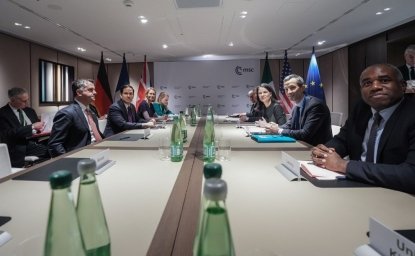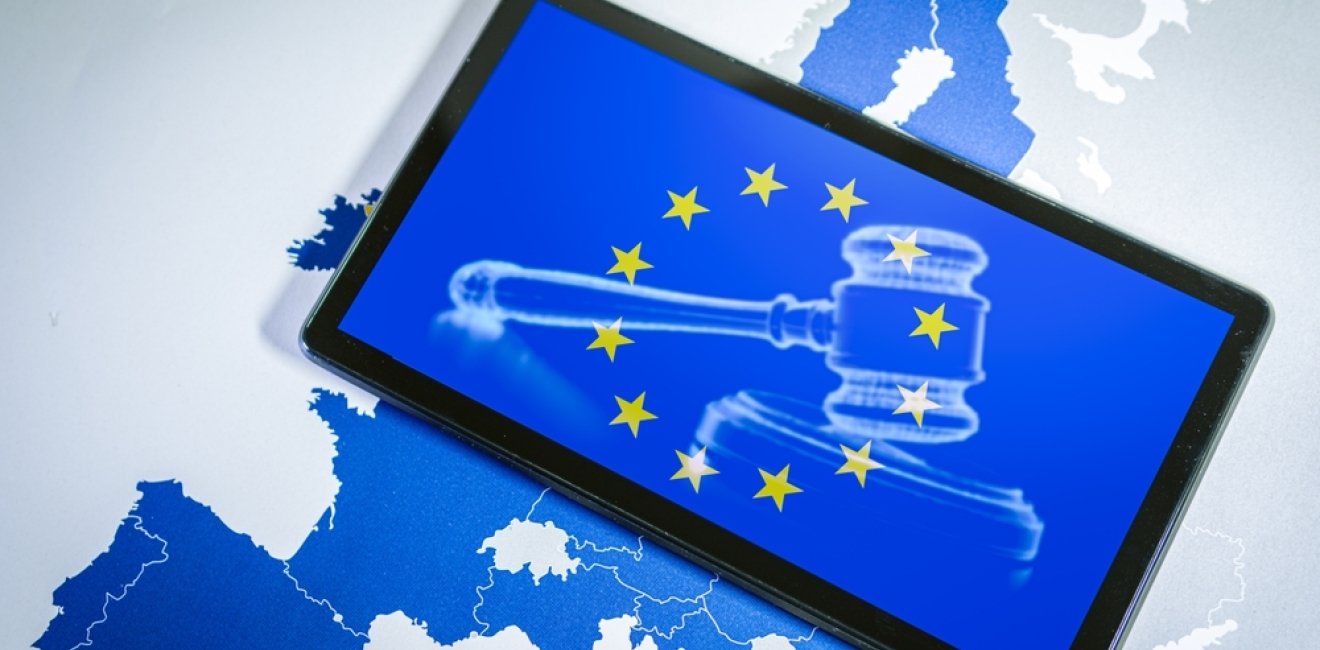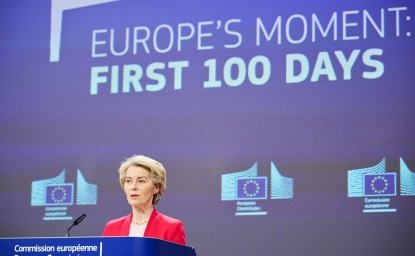The growing divide between the European Union (EU) and the United States over technology regulation is becoming an increasingly serious source of tension in transatlantic relations. While Europe pushes forward with stringent oversight aimed at curbing the power of digital giants and protecting consumers, the United States is moving in the opposite direction, adopting a more deregulatory stance in an effort to maintain technological leadership and, as FCC Chair Brendan Carr put it, return to the “free speech tradition” rooted in the First Amendment. This divergence is not just a policy dispute but a growing source of tension between two of the world’s largest economic partners.
The EU has positioned itself as the global leader in tech regulation, framing its approach as a necessary response to the dominance of large, US-based tech companies (“Big Tech”). European Commission President Ursula von der Leyen has been clear in her vision, stating that tech giants must be held accountable for their enormous systemic power. The EU’s Digital Services Act (DSA), Digital Markets Act (DMA) and Artificial Intelligence Act (AI Act) are central to this regulatory push, which aim to strengthen competition, safeguard consumer rights, and promote accountability in the digital sector. Yet as these laws increasingly shape the operations of large US-based tech companies, they have also become sources of growing tension in transatlantic relations.
The DSA, in particular, has faced significant criticism due to its strict content moderation rules on social media platforms, with critics contending that the overly broad interpretation of concepts such as disinformation and hate speech risks institutionalizing censorship and infringing upon the fundamental right to freedom of speech. While the DSA officially applies only within the EU, there is growing concern that tech companies may adopt standards globally to avoid the complexities of managing separate content policies across different regions. This could effectively establish de facto global standards, potentially restricting constitutionally protected speech in the United States and forcing tech companies to impose broader content moderation policies beyond what US law requires.
The DMA, in turn, has been criticized for unfairly targeting US companies, stifling innovation, and creating unnecessary compliance burdens, as it imposes restrictions on seven major tech firms—most of them from the United States —including Google, Apple, Amazon, and Meta (so-called “gatekeepers”). The DSA allows for fines of up to 6% of a company’s global annual revenue for an infringement, while the DMA permits fines of up to 10%. For companies like Apple or Google, this could mean billions of dollars in penalties, creating strong financial incentives for compliance and potentially forcing them to alter global business strategies.
The new US administration, which has adopted a more protectionist approach to transatlantic trade, has been vocal in its opposition to what it sees as EU overreach in digital policy. It has signaled that it is willing to take economic measures to counteract EU digital market regulation and fines imposed on US tech giants. President Trump has characterized the fines under the DSA and DMA as “taxes” imposed by the EU on US companies, accusing European regulators of unfairly targeting US firms under the pretext of promoting fair competition and consumer protection. In his speech at the AI Actions Summit in Paris on 11 February 2025, Vice President J.D. Vance called on European countries to reconsider their regulatory approach, warning that excessive restrictions on artificial intelligence and digital markets could weaken technological innovation and disadvantage the West in global competition. This shift in US rhetoric marks a significant departure from previous administrations, which, while often critical of European regulations, generally sought to negotiate compromises and align with the EU on digital market regulation and AI governance.
The criticism has not only been voiced by the US administration but also appears to have prompted tech giants, which are most affected by these regulations, to align with the administration in an effort resist EU regulatory frameworks. For example, Meta CEO Mark Zuckerberg has publicly expressed criticism of European regulatory approaches, stating his intention to collaborate with President Trump in resisting what he describes as global pressures toward “censorship.” This includes opposition to European frameworks that, in his view, institutionalize censorship and hinder technological innovation.
A White House memorandum issued in February confirmed that the administration is prepared to impose economic measures, including tariffs, in response to policies enacted by foreign governments that are perceived to unfairly target US companies. The memorandum explicitly stated that policies like the DMA and DSA would face scrutiny, and just days later, the administration announced a 25 percent tariff on the EU. The United States has previously imposed tariffs on Canada and Mexico to pressure them into curbing the flow of illicit drugs, and on China in response to alleged intellectual property theft, forced technology transfers, and other unfair trade practices—illustrating how trade policy is increasingly being employed as a tool of strategic leverage in broader geopolitical contexts. While the US administration has not officially stated any rationale for the EU tariffs beyond addressing the trade imbalance and supporting domestic industry, there are indications that regulatory initiatives such as the DSA and DMA may have influenced the decision, illustrating how regulatory disputes can spill over into the trade domain and contribute to broader transatlantic tensions.
As tensions mount, the question remains whether these differences can be resolved through dialogue or whether tech regulation will remain yet another battleground in an already strained transatlantic relationship. Both parties have made their positions clear: Washington has signaled that it will scrutinize regulations it believes disproportionately target US companies or infringe upon free speech, while officials in Brussels have emphasized that although Europe must engage with the White House and take its trade concerns seriously, it should not be pressured into revising laws already adopted by EU lawmakers. Without a balanced and constructive approach to these tensions, the fallout could extend well beyond the tech sector—not only affecting trade, as suggested by the recent tariffs, but also spilling over into other key areas of transatlantic cooperation.
EU-US Trade and Technology Council (TTC), established in 2021 to strengthen cooperation on trade and technology, remains a promising but underutilized forum for resolving these tensions. While the council has remained largely dormant since the new US administration took office its framework still holds potential for fostering dialogue and bridging the regulatory divide. Revitalizing the TTC could provide a structured platform for managing tensions and aligning approaches to digital governance. How this regulatory standoff between the US and the EU will unfold remains uncertain, but its resolution—or lack thereof—will undoubtedly shape the future of transatlantic relations and, given the scale and significance of that relationship, redefine the global digital economy for years to come.
Author


Global Europe Program
The Global Europe Program is focused on Europe’s capabilities, and how it engages on critical global issues. We investigate European approaches to critical global issues. We examine Europe’s relations with Russia and Eurasia, China and the Indo-Pacific, the Middle East and Africa. Our initiatives include “Ukraine in Europe”—an examination of what it will take to make Ukraine’s European future a reality. But we also examine the role of NATO, the European Union and the OSCE, Europe’s energy security, transatlantic trade disputes, and challenges to democracy. The Global Europe Program’s staff, scholars-in-residence, and Global Fellows participate in seminars, policy study groups, and international conferences to provide analytical recommendations to policy makers and the media. Read more

Explore More
Browse Insights & Analysis
The EU's Role in the Future of European Defense

Europe Scrambles to Bolster Defense in the Aftermath of US Pausing Support for Ukraine


